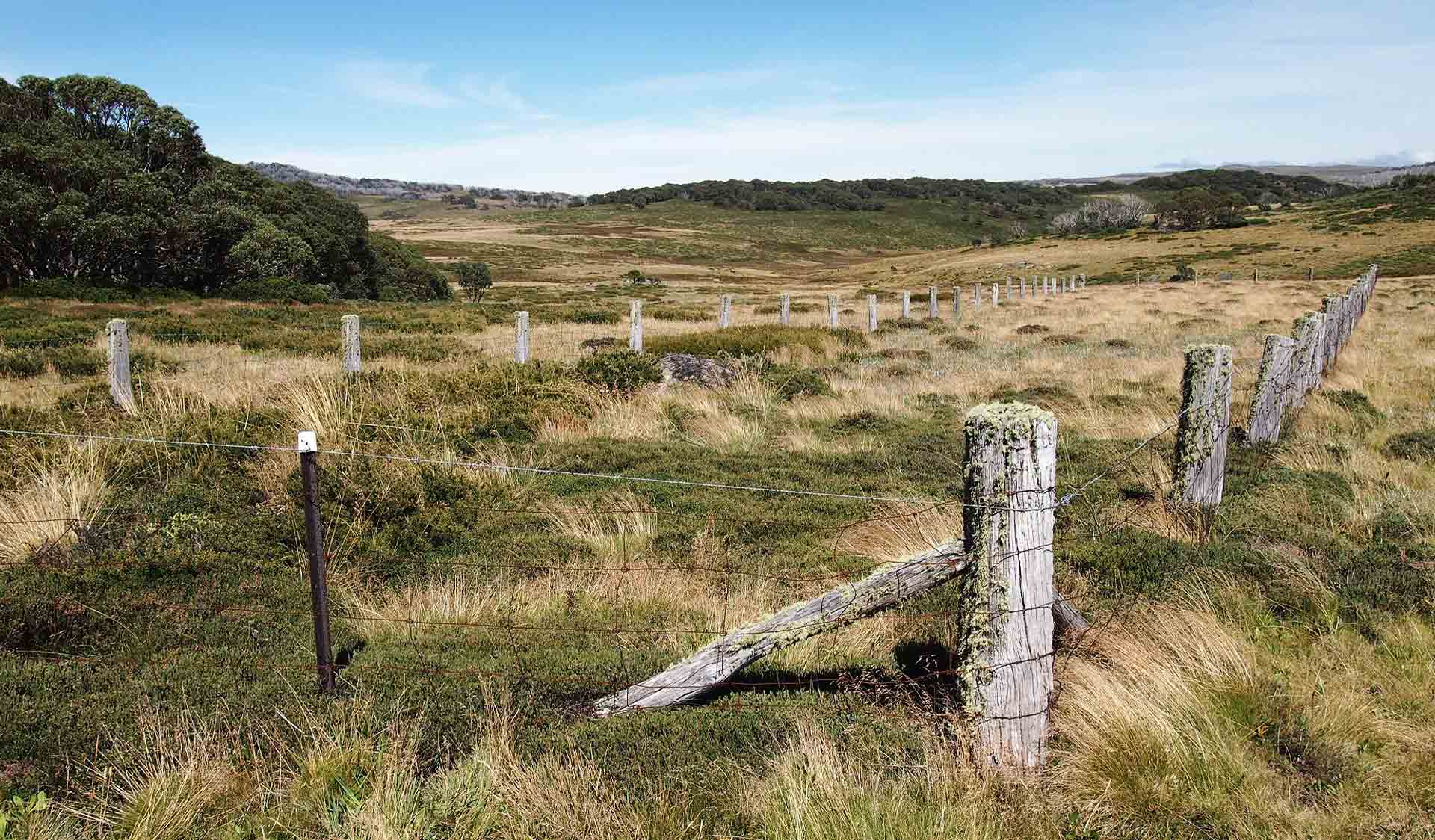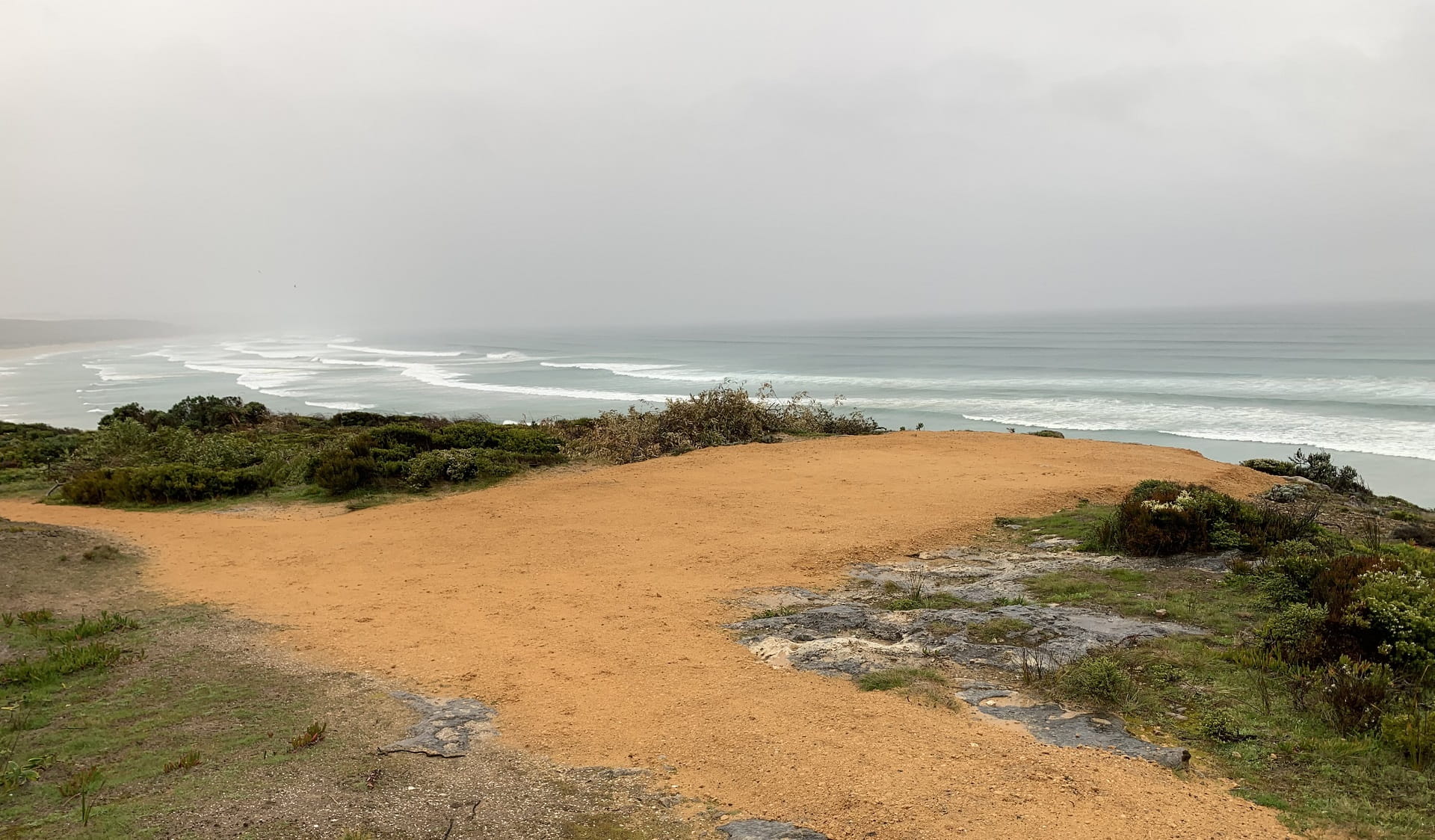Grassroot volunteers help record astounding diversity in Victoria's grasslands
Monday 5 August, 2024
Overview
• A survey of Bael Bael Grasslands Nature Conservation Reserve in northwest Victoria has found a landscape in flux since the flooding rains of 2022-2023.
• More than 1400 individual animals of various grassland species were recorded, including several threatened species.
• Citizen science is helping rangers and scientists understand how different species respond to a changing climate.
As the sun sets, a luminous pink atmosphere is painted across the horizon. Soon, the survey team will work in the darkness of a star covered sky, accompanied by the sound of crickets, frogs and the high-pitched chirps of bats. Parks Victoria’s manager of Biodiversity Science, Dr Mark Antos and a crew of rangers and citizen scientists are hard at work, conducting surveys in one of Victoria’s most threatened habitats, the native grasslands.

Bael Bael Grasslands Nature Conservation Reserve, west of Kerang, is one of the largest continuous areas of native grasslands in the state. 200 years ago, the mainly tree-less grasslands extended across the Victorian Volcanic Plain and into South Australia. Now, less than 2 per cent of these grasslands remain. Image credit: Mark Antos.

Grasslands are confined to a small mosaic of reserves. They are infiltrated by several noxious weeds, with many invasive grasses outcompeting native species. Farming practices have fractured these areas within a handful of generations, but the levels of biodiversity found in these grassland areas are astounding. Image credit: Darryl Whittaker.
Per square metre, the plant life is just as diverse as the rainforests of the Dandenong Ranges. For Mark and the team, these areas in and around Bael Bael represent an untapped goldmine of information about the health of this rare vegetation type and the animals that live within it.

A Chocolate Wattled Bat displays its ferocious side whilst being held.
Parks Victoria’s Biodiversity Science team and volunteers from the Field Naturalists Club of Victoria encountered 62 backboned species in a period of four days, from Chocolate wattled bats to Pobblebonk frogs. This is the eighth consecutive year the survey has been conducted in Bael Bael, and it shows a landscape in flux. Image credit: Museums Victoria.

A Pobblebonk frog hides itself in the sand.
“The soaking rains and flooding of 2022-23 have retreated, leaving a drier landscape that continues to show altered habitat structure. New species, such as Pobblebonks, Tree frogs and Ibis were recorded for the first time, but the absence of two key species – Plains-wanderer and the Fat-tailed Dunnart – underscores the sensitivity of these species to changes in habitat.” Mark said. Image credit: Museums Victoria.
This year’s survey at Bael Bael was the first time in 5 years that Plains wanderers and fat-tailed Dunnarts were not recorded.
“Despite the return to drier conditions (than in 2022-23) and the availability of high-quality grassland habitat in several paddocks, this is the first time since 2019 that these species have been absent from our surveys. Their re-colonisation following climate extremes is an uncertain and long-term process”, said Mark Antos.

The critically endangered Plains wanderer requires sparse vegetative cover.
Its population has declined by 95 per cent in Victoria since 2010. Captive breeding programs have been established at Zoos Victoria, but without the grassland habitat, these birds will have no-where to go. Image credit: Mark Antos.

The palm-sized Fat-tailed Dunnart is a ferocious marsupial carnivore that feeds on almost anything smaller than it.
Recent analysis has shown that the populations Victoria-wide have undergone dramatic declines, with the species becoming locally extinct in many reserves near Melbourne. Image credit: Mark Antos.

There were high encounter rates for Stubble Quail.
“We counted 954 individuals over this time, which represents an 800 per cent increase from the pre-2023 average!" said Mark Antos. Image credit: Mark Antos.

A Little Button-quail blends in perfectly with its surroundings.
Encounter rates for other key grassland species such as the Brown Songlark, Horsfield's Bushlark, Little Button-quail and the Curl Snake roughly doubled since last year. Image credit: Mark Antos.

This Hooded Scaly-foot may look like a snake, but is a type of legless lizard. It does not have any venom in its bite.
In total, 5 threatened species were recorded. The most significant of these were the Hooded Scaly-foot, which is also a new record for the project and three threatened bird species, which included the Blue-winged parrot, the Southern Whiteface, and the Brown Treecreeper. Image credit: Mark Antos.
The survey, which mixes citizen science with volunteer groups such as Field Naturalists Club of Victoria, has run for the last eight years. “It provides a longer-term picture of the fluctuations of key species. Broad patterns can be observed of how different species respond to a changing climate”, Mark said.
For Mark, citizen science is of huge importance for this project.
“Our superhero citizen scientists have contributed so much to our understanding and management of Northern Plains Grasslands. These surveys have demonstrated the value of citizen science in providing useful information at minimal cost, but it also provides an opportunity for meaningful community engagement in grassland conservation”, Mark said.
 These surveys improve our understanding of these endangered landscapes and help inform future management decisions. Image credit: Mark Antos.
These surveys improve our understanding of these endangered landscapes and help inform future management decisions. Image credit: Mark Antos.
Many threatened animal species need very short and open grass structure to be able to see and move around their habitat. When the grass gets too tall and dense after heavy rains, it needs to be managed. Ecological grazing is used at times to help to remove litter and dense growth (including weeds) to help species that need sparse cover, such as the Fat-tailed Dunnart and Plains wanderer. The ongoing impacts from these management tools will need careful monitoring.
For more information and updates about our latest discoveries, sign up for our E-newsletter with Chief Scientist Conservation and Climate Action, Dr Mark Norman.




